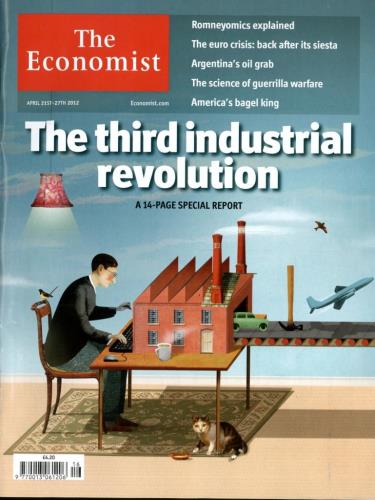A full time researcher in university and an amateur art commentator, Cheong obtained his master’s degree in Public Policy at Willy Brandt School of Public Policy at the University of Erfurt and is formerly a clarinettist of the Erfurt Philharmonic Orchestra in Germany. He loves classical music and now serves as conductor of the orchestra in Escola Choi Nong Chi Tai, by which he can connect art to everyday life. Cheong is also a book lover.

The popularisation of arts is always a talking point in regions or cities with a certain level of development. The reason behind this is that, when economic capability is strong, human pursuit of life is far beyond to merely satisfying appetites for food. Therefore, it is not difficult to understand the gradual change to pursue more than materials in the society. And among these, the pursuit of arts is easily identifiable. More than 60% of tickets of Macao International Music Festival in recent years are sold out in the first day of selling, and many shows went on to sell out and additional shows are often required. Compared to the past, when most participants are locals who are into arts, participants nowadays come from China, Hong Kong, Taiwan and Macao and are genuinely into music. As shows to promote popularisation of arts, these festivals boost great attractiveness.
Popularisation of participants certainly has a significant impact on the development of arts. Not only does it increase the number of participants, it also provides more opportunities for people working in the art industry (in enhancement of craftsmanship and work opportunities). It can be seen that arts play an important role in the change of people’s pursuit from survival to quality of life. In the past, the requirement of a product is practicality; but nowadays people have higher standard in product design, texture, the spirit behind the product and even its reputation. Usage of luxury goods is becoming common. The pursuit of things transformed from the “one size fits all” phenomenon created by mass production in the US in the 20th century to the third industrial revolution referred to by the Economist, where personalised items return. Based on the obvious improvement in economic situation, people’s pursuit of lives attaches more importance to self-values. While benefitting from economic development, art also shoulders greater missions. The nurture of taste becomes the consideration when implementing art policies. The growth brought by the economy is equivalent to the increase in number of nouveau riches in simpler words. The differences among people’s pursuit lies within the difference in tastes and education level. Thus, resources may be allocated to more entertainment shows. Healthy habits are favourable for the development of personal life quality and the society, while bad habits twist social values and result in personal behaviours that violate society’s expectation, as well as emergence of marginal industries (e.g. pornographic and drugs), which have some impact on the society.
In the implementation of art policies, balancing marginal demands and overall development is an important topic. How to check and balance the frictions produced amid conflicts between demands and development are helpful to the society’s healthy development. Thus, one of the important areas of the development of art policies is to nurture behavioural norms in line with expectations, allowing people to obtain quality of life without violating the principles of universal values. The broadening of desire needs to be accepted by the society and has to be beneficial to the healthy development of the society. In art policies, with adequate nurturing of art sense, and frequent use of examples and feelings, integrating with families’ understanding (in particular, put more resources in those who lack family conditions), art taste can surely be nurtured. In conventional education policy, the hours of art education and students’ engagement of artistic creations need to be enhanced. The diversified development of the cultural industry in the society must rely on formulation of long-term art policies.